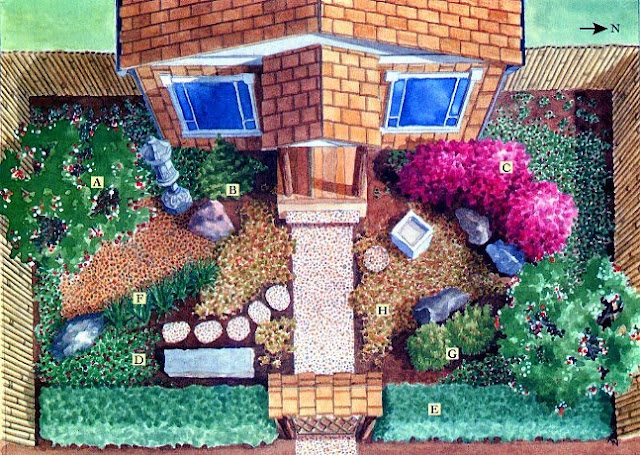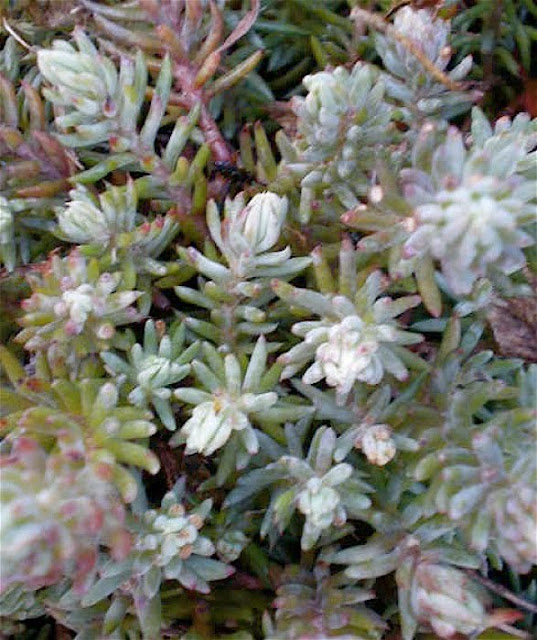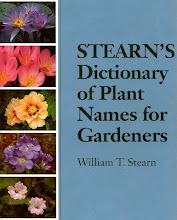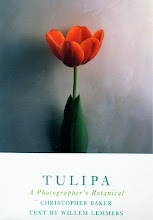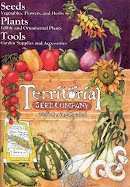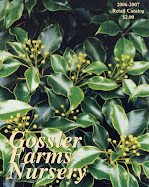Genessee Meadow: Douglas fir (Pseudotsuga menziesii)
Genesee Park, located on Lake Washington in the Mount Baker neighborhood of southeast Seattle, is an important site for active and passive recreation and wildlife, providing lawns and trails, playing fields and approximately 10 acres of natural areas, including about four acres of second growth forest. Most of the site formed part of Wetmore Slough prior to lowering of the lake in 1916 with the construction of the Lake Washington Ship Canal. The City of Seattle purchased the site in 1947, and subsequently used it as a landfill until 1963. Park development began in 1968. From 1997 through 2006, more than 50,000 native plants were planted Genesee Park by the Seattle Parks & Recreation & the Washington Native Plant Society. A portion of the vast lawn was left unmown to become Genessee Meadow. Depressions fill with water during the rainy season in both mown & unmown parts of the meadow. Ducks & Canada Geese are common here. The meadow is filled with light on clear winter days. There is a major path around the meadow. A smaller path meanders through the meadow & the forested area to the east. Click here to read about more parks along Lake Washington Boulevard.










